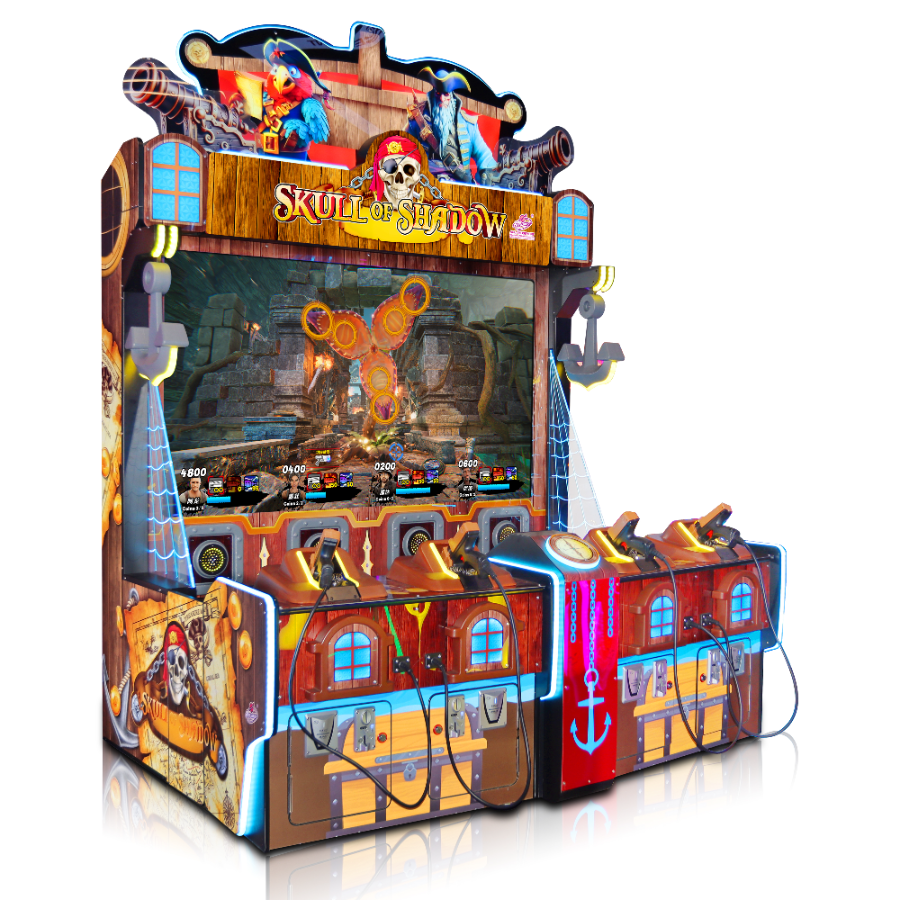Blending Pop Culture with Interactive Entertainment
Anime-themed game machines have gained prominence at expos due to their impressive global following and the distinct blend of pop culture with interactive entertainment. The worldwide popularity of anime creates a vast market for themed video games, drawing substantial attention and engagement from both attendees and industry leaders. Unlike passive media, interactive entertainment encourages deeper audience participation, adding layers of engagement that are compelling for users. Additionally, revenue data indicates that anime-related merchandise sales have reached billions annually, showcasing the high consumer interest in anime-themed products. This significant market potential translates into successful game machine sales and heightened interest at expos.
Appeal of Collaborative Multiplayer Experiences
Multiplayer gaming experiences have emerged as a favorite at expos, primarily due to their ability to foster teamwork and social interaction. These games naturally enhance user engagement by encouraging players to cooperate, strategize, and socialize with others, making the experience richer and more rewarding. Examples of multiplayer arcade games achieving success at expos abound, underscoring their popularity among attendees. Research supports this phenomenon, revealing that multiplayer games that emphasize social interactions tend to retain users longer, cementing their appeal in the competitive landscape of arcade games for sale. The shared enjoyment and collaborative spirit fostered by these experiences contribute significantly to their dominance at gaming expos.
Nostalgia Meets Cutting-Edge Arcade Technology
Anime-themed arcade games captivate audiences by intricately weaving nostalgia with the latest advancements in arcade technology. Nostalgia serves as a potent marketing tool, particularly among millennials who grew up immersed in anime culture. Meanwhile, innovations such as Virtual Reality (VR) and Augmented Reality (AR) have revolutionized arcade gameplay, infusing experiences with immersive and enriching technological elements. Data from expos reveal that arcade setups that successfully integrate nostalgia with cutting-edge technology attract higher foot traffic, highlighting their popularity. By harmoniously blending the beloved past with futuristic elements, anime-themed arcade machines not only resonate with attendees but dominate the gaming landscape at expos.
Immersive Storylines & Character Integration
Integrating anime plots and characters into game machines significantly enhances player engagement and storyline immersion. By weaving familiar narratives and beloved characters into the gaming experience, players feel an emotional connection that increases their investment in the game. For example, characters from popular anime shows help players find relatability and foster a deeper sense of enjoyment. Studies suggest that such immersive experiences can lead to improved brand loyalty among consumers, as they provide a personal and memorable gaming experience. Thus, anime game machines that successfully integrate these elements often stand out in crowded markets and gain a loyal fan base.
Multi-Sensory Effects: Lighting & Motion Tech
Enhanced multi-sensory effects, such as advanced lighting and motion technology, elevate the user's gaming experience by creating a captivating atmosphere. Using dynamic lighting systems can transform game environments, making them more vibrant and engaging for players. Meanwhile, motion technology simulates real-world sensations, adding a layer of realism that immerses users deeply into the game. Exhibitions and expos have reported that games with such multi-sensory effects quickly become consumer favorites, as these features offer a more holistic and exciting play option. Such advanced technology is crucial for maintaining interest and standing out in the competitive arcade industry.
Skill-Based Ticket Redemption Systems
Skill-based ticket redemption systems are a compelling feature that enhances consumer engagement through the introduction of competitive elements. These systems reward players based on their performance, encouraging repeated play and, as a result, increasing overall revenue for arcade operators. Additionally, the chance to redeem tickets for prizes incentivizes players to hone their skills, adding another layer of interaction with the game. Statistics indicate that such games attract a broader demographic to arcades, appealing to competitive players who enjoy skill-based challenges. This appeal increases the footfall and diversity of players, contributing to the financial success of the arcade.
Galaxy Rangers: 4-Player Sci-Fi Shooting Saga
The Galaxy Rangers arcade game captivates sci-fi enthusiasts with its immersive 4-player shooting mechanics. This game brilliantly integrates sci-fi themes and high-tech design, encouraging multiplayer engagement that ranks it as a favorite in gaming expos. The numerous fan engagement events surrounding Galaxy Rangers are a testament to its popularity, drawing large crowds and fostering a community of dedicated players.
Parkour Motor 2 DX: Dynamic Bike Racing Battles
Parkour Motor 2 DX offers unique racing mechanics and extensive character customization, making it a standout in the racing arcade genre. Its dynamic gameplay and vibrant visuals encourage competition among players, thereby enhancing its appeal. User reviews consistently highlight its entertaining nature and customization options, which contribute significantly to its popularity.
Octonauts Deepsea Adventure: Kid-Friendly Laser Quest
The Octonauts Deepsea Adventure appeals to younger players with its engaging narrative and appealing characters. Set in an adventurous underwater world, this arcade game promotes teamwork and exploration, leading to positive learning experiences. Feedback from both parents and children highlights its educational value and captivating storyline, making it a favored choice for family gaming sessions.
Wild-Thing Wipe-Out: Chaotic Ball Combat Arena
The Wild-Thing Wipe-Out arcade game captivates with its cooperative gameplay and entertaining ball-shooting mechanics. Known to draw crowds during exhibitions, this game leverages teamwork and chaotic fun to enhance player interaction. Statistics show high player retention and satisfaction levels, reinforcing its reputation as a crowd-pleaser in arcade gaming spaces.
Zombie Splash: Team-Based Water Gun Mayhem
Zombie Splash stands out as an exciting team-based game with water-shooting mechanics. Its popularity soars during summer expos due to its refreshing blend of gameplay and real water effects, offering a cooling escape while players enjoy the thrill. User testimonials frequently applaud the exhilarating experience, highlighting its exceptional status in the arcade game market.
Maximizing Expo Impact with Arcade Machines
Strategic Machine Placement for Crowd Flow
Strategically placing arcade machines can significantly enhance their visibility and attract more attendees during expos. Research has shown that attendance spikes by up to 40% in areas where arcade machines are prominently featured, as they often serve as focal points that draw crowds (source needed). For example, at a prominent gaming convention last year, the strategic placement of arcade setups led to increased foot traffic, resulting in boosted sales and heightened customer engagement. The influence of strategic placements was evident when one gaming company reported a 30% increase in booth visitors, attributed directly to the central positioning of their arcade machines. Prioritizing strategic arcade placement can therefore be an effective method for maximizing expo impact.
Tournament Formats That Create Viral Moments
Organizing tournaments can generate a competitive atmosphere and engage attendees, creating memorable and viral moments. Arcade gaming tournaments often lead to a surge in excitement, transforming casual viewers into enthusiastic participants. For instance, a gaming expo recorded a 25% increase in participation during an arcade tournament, with subsequent social media engagement doubling after the event went viral (source needed). These tournaments not only foster competition but also stimulate conversations and shares on platforms like Twitter and Instagram. By capitalizing on the arcade gaming tournaments, event organizers can boost participation rates while enhancing the overall impact of the expo.
Social Media Integration Tactics
Integrating social media into arcade machine presentations at expos can effectively enhance visibility and interaction. Game companies often use platforms like Instagram and TikTok to create buzz around their arcade machines, with campaigns leveraging hashtags and user-generated content leading to significant visibility increases. Studies have pointed out that consumer behavior is heavily influenced by these online interactions, with 70% of users stating they are more likely to visit an exhibit based on social media engagement (source needed). Successful campaigns, such as those from prominent game developers, illustrate the potential of these tactics. Crafting strategic social media arcade integration plans can amplify the reach and impact of expo presentations.
Future Trends in Anime Arcade Gaming
AR-Enhanced Character Interactions
Augmented reality (AR) is increasingly being integrated into gaming experiences to elevate player engagement. AR technology overlays digital elements into real-world environments, allowing players to interact with anime characters in a more lifelike setting. Successful examples, such as "Pokémon Go," have demonstrated AR's ability to not only capture attention but maintain it, offering immersive experiences that are less possible with traditional gaming setups. Looking ahead, AR is expected to continually revolutionize the anime arcade gaming sector, driving innovation and creating new engagement avenues for players.
Cross-Platform Progress Syncing
Cross-platform functionality is a crucial trend enhancing player retention in arcade gaming. It allows gamers to continue their progress regardless of the device, offering seamless experiences that cater to growing user demands for flexibility. Studies indicate a significant increase in user preference for games that offer easy accessibility between consoles, PCs, and mobile devices. Such accessibility is key to attracting diverse audiences, including busy professionals and frequent travelers, as it eliminates restrictions on when and where gaming can occur, thus boosting continuous engagement.
AI-Powered Dynamic Difficulty Scaling
AI-powered dynamic difficulty scaling is transforming the gaming landscape by tailoring experiences to each player's skill level. This technology adjusts game challenges in real-time, making gameplay more enjoyable by avoiding both frustration from excessive difficulty and boredom from lack of challenges. Games like "Left 4 Dead" have successfully implemented this scaling to enhance player satisfaction. Research supports the effectiveness of adaptive gameplay, suggesting it can significantly improve user retention and overall gaming satisfaction by providing personalized experiences that evolve with player competency.



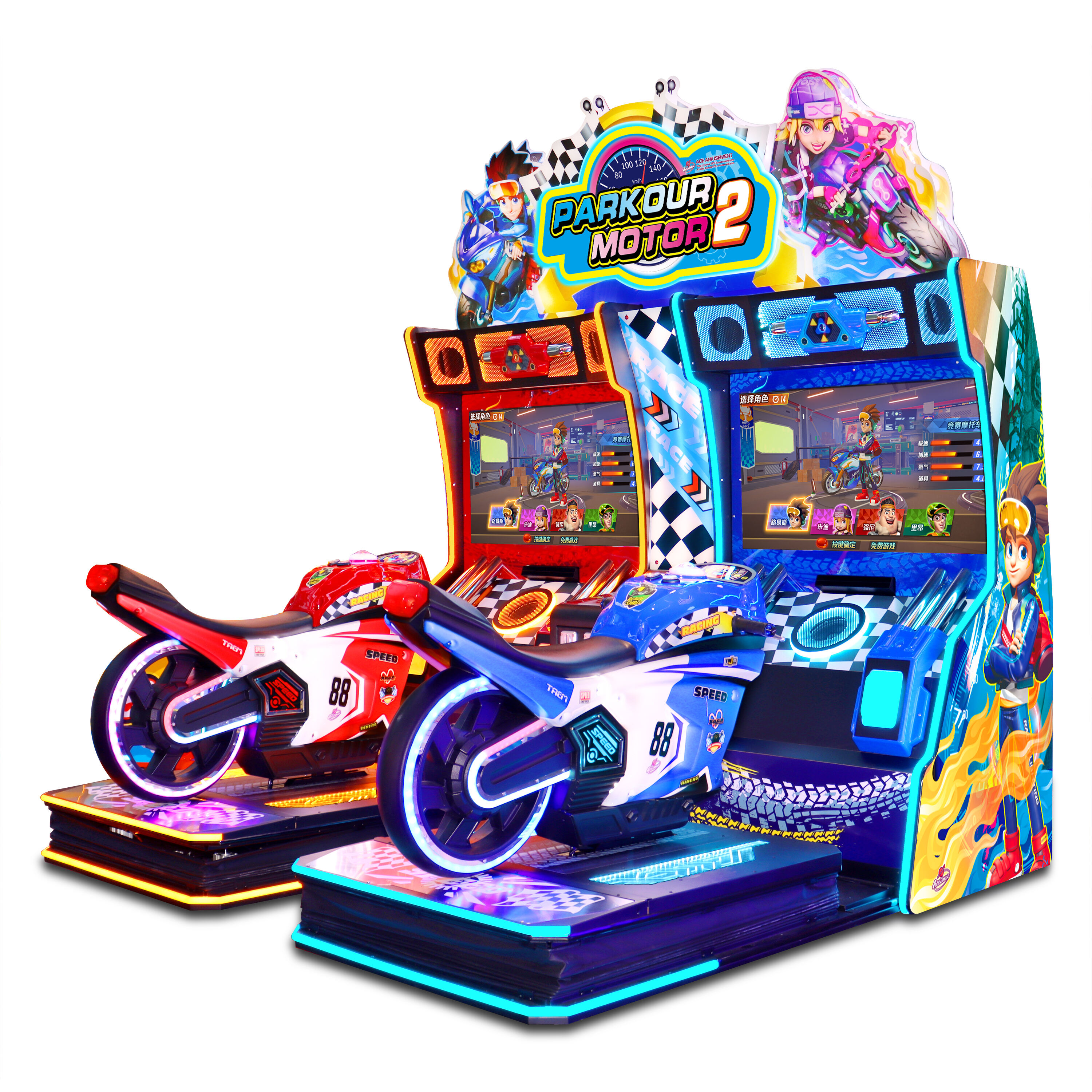
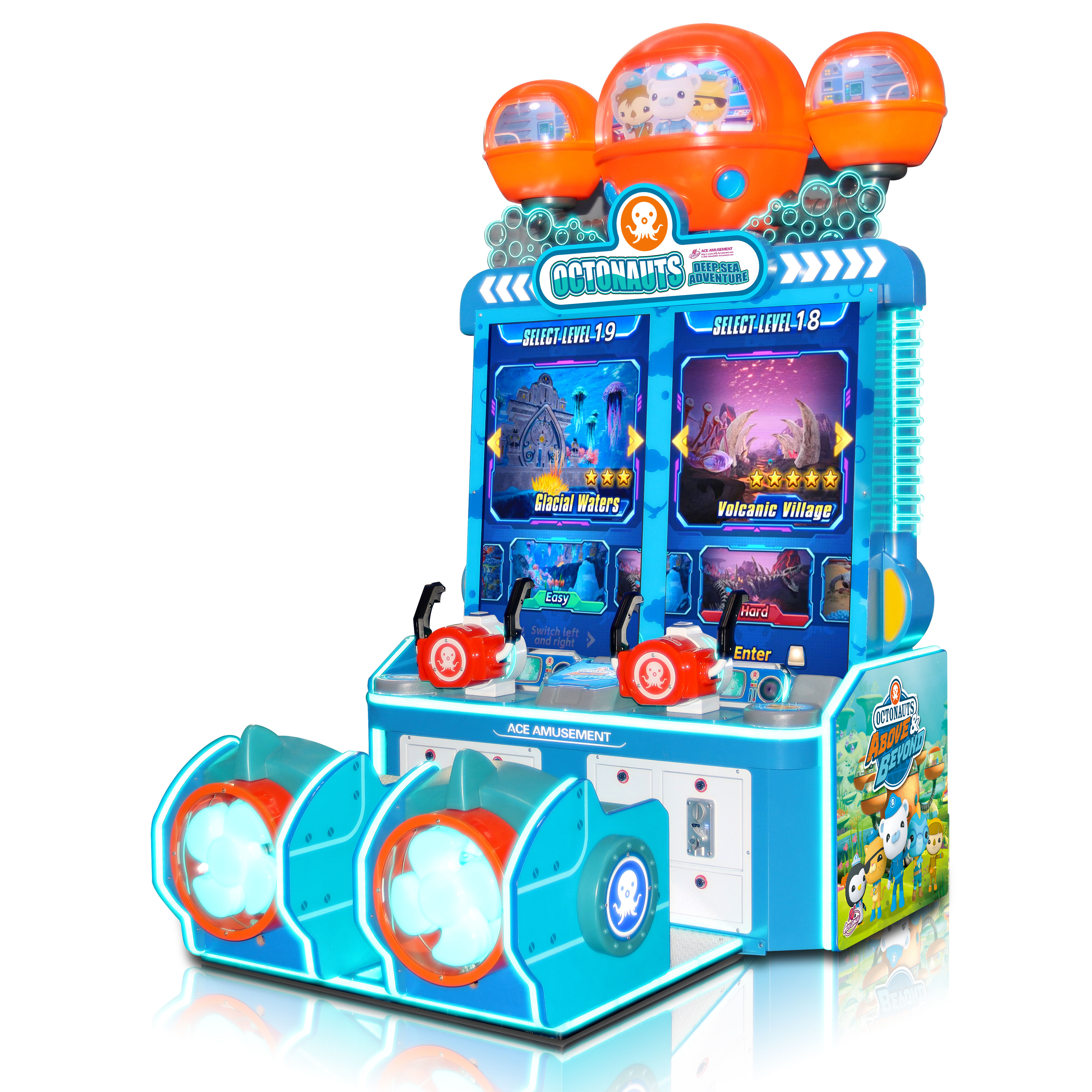

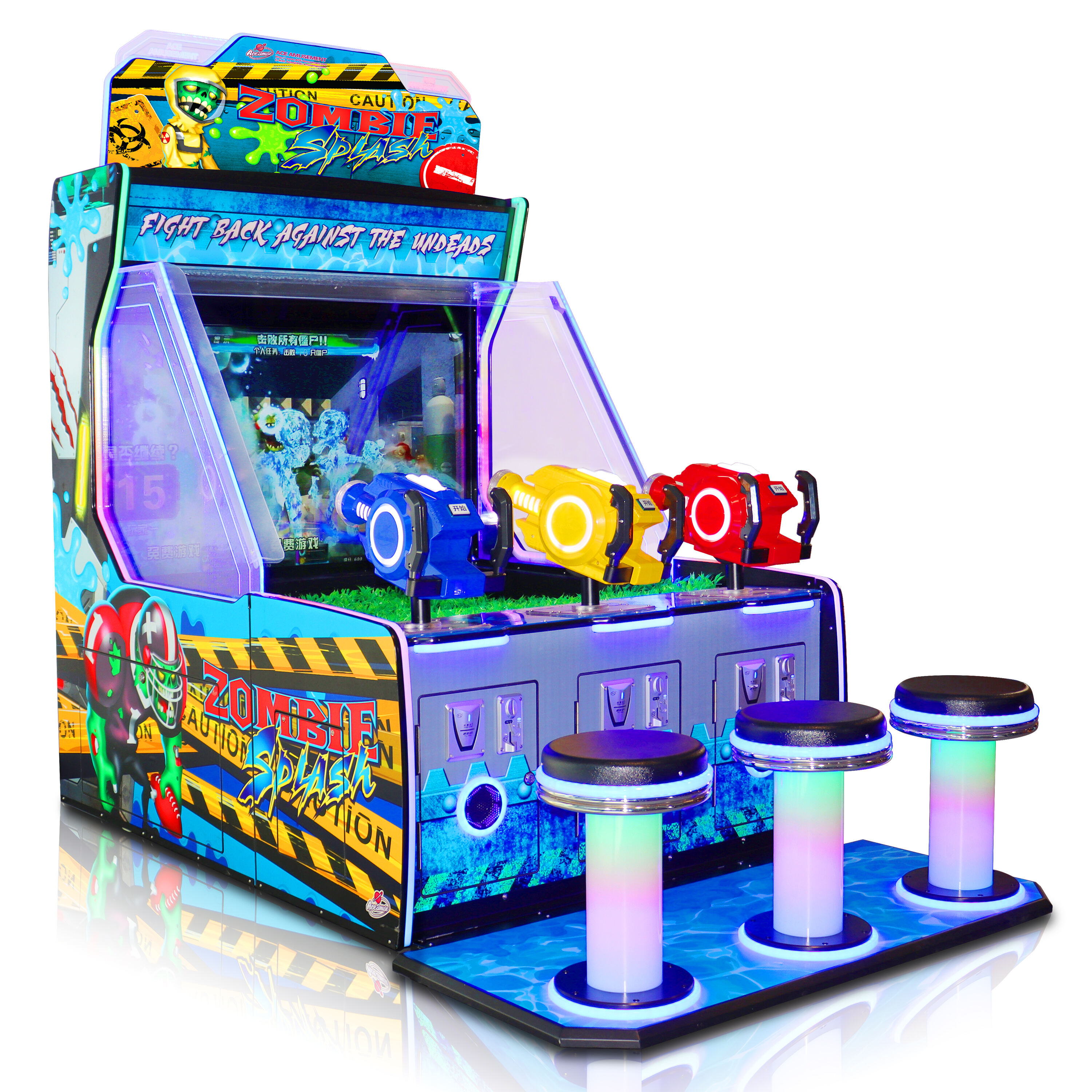

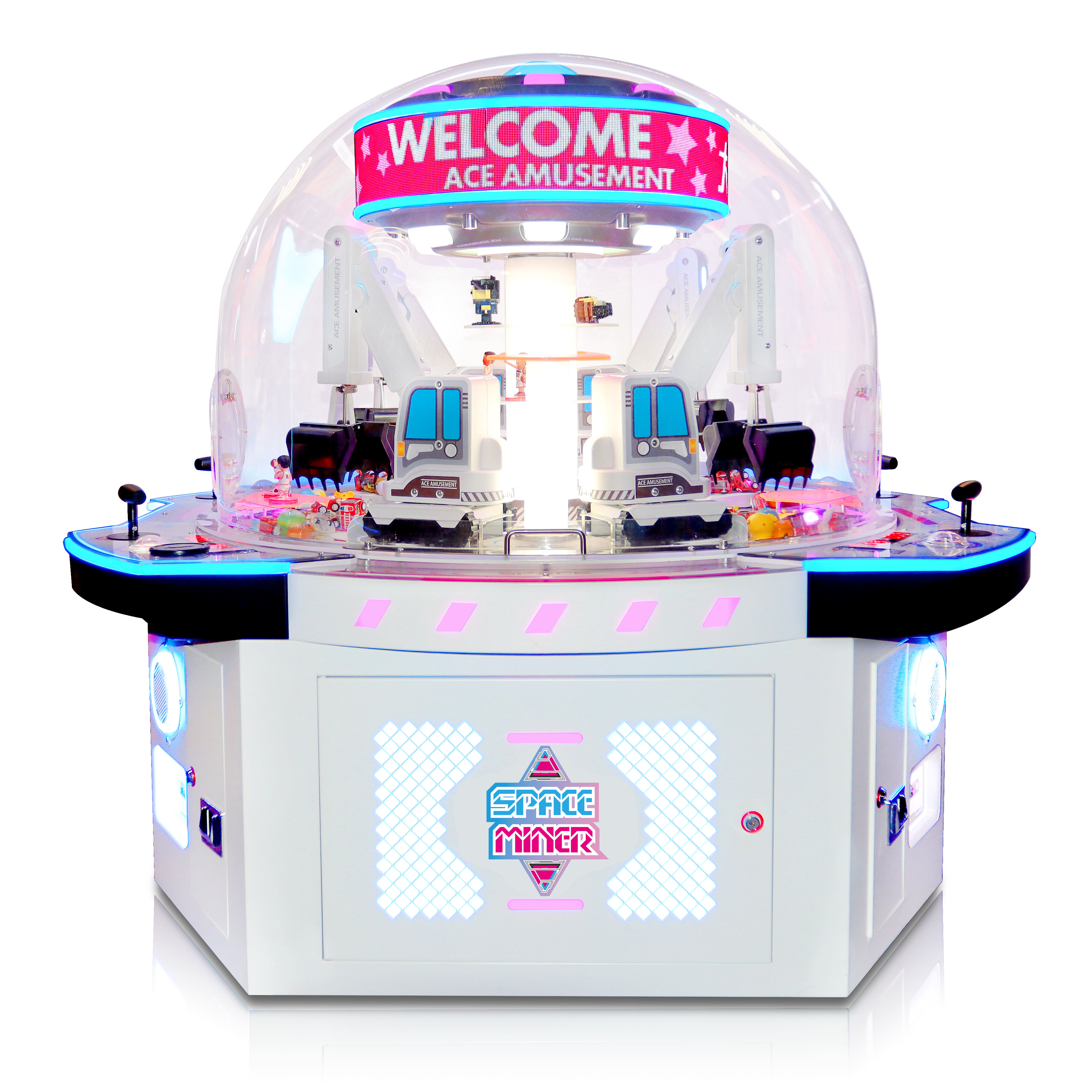
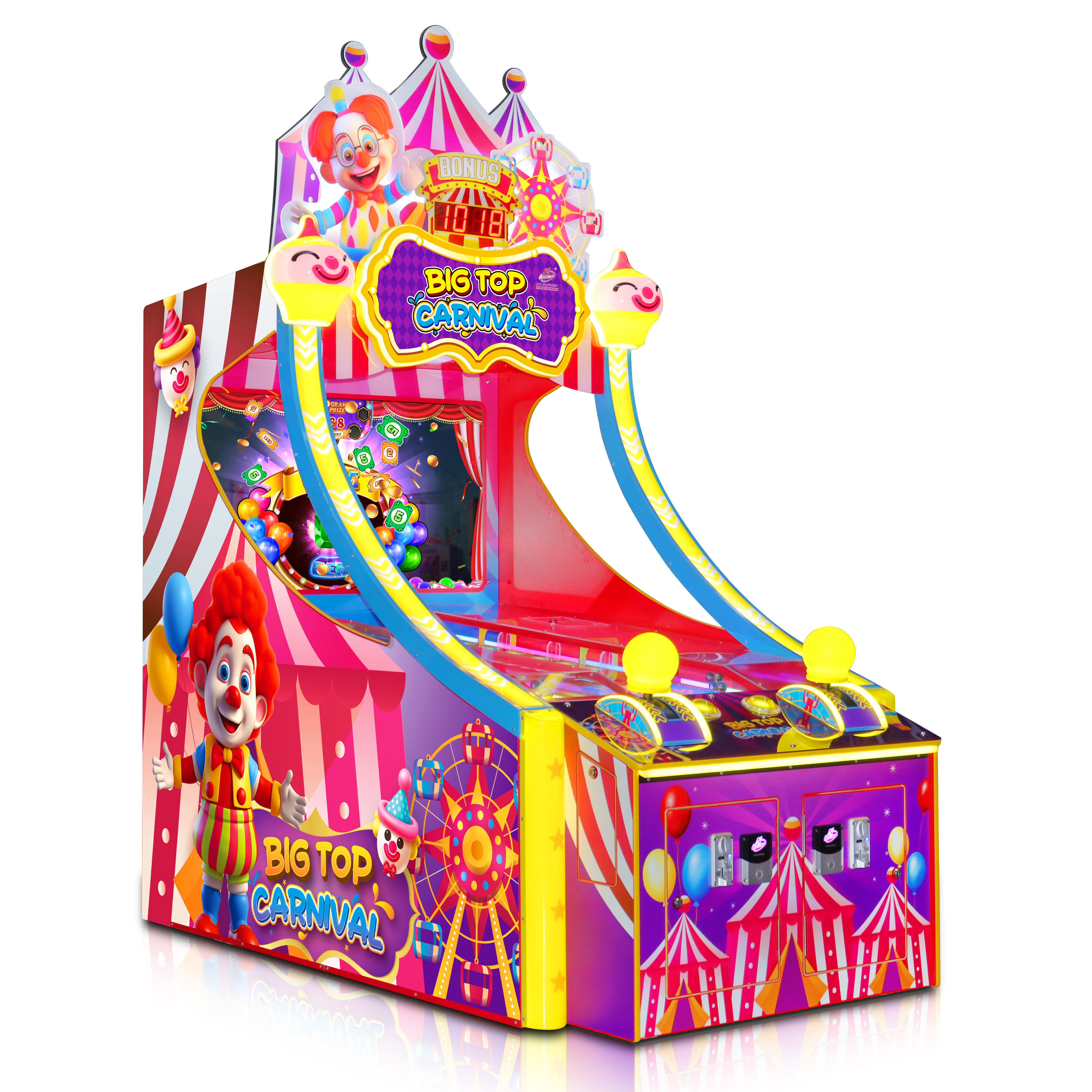
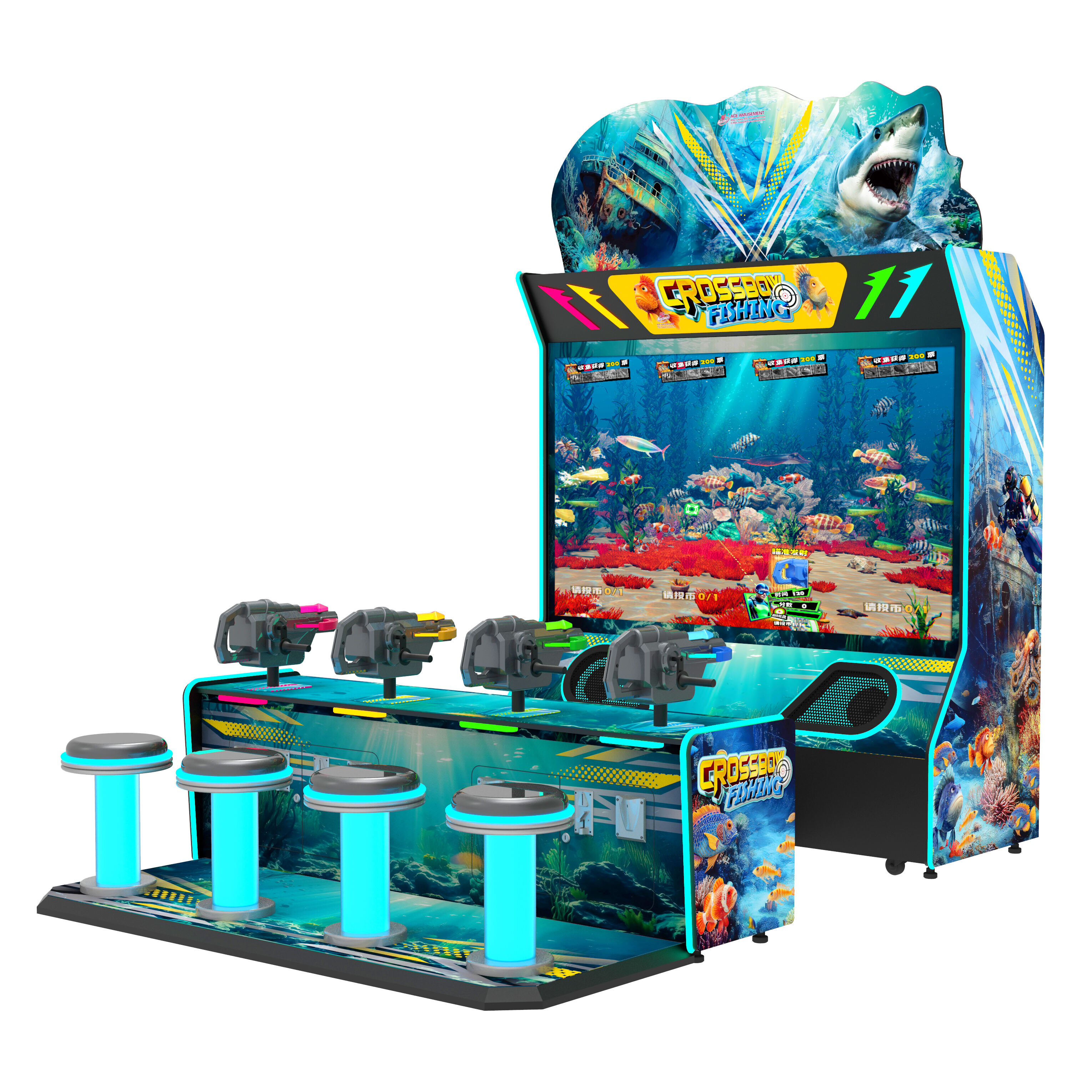
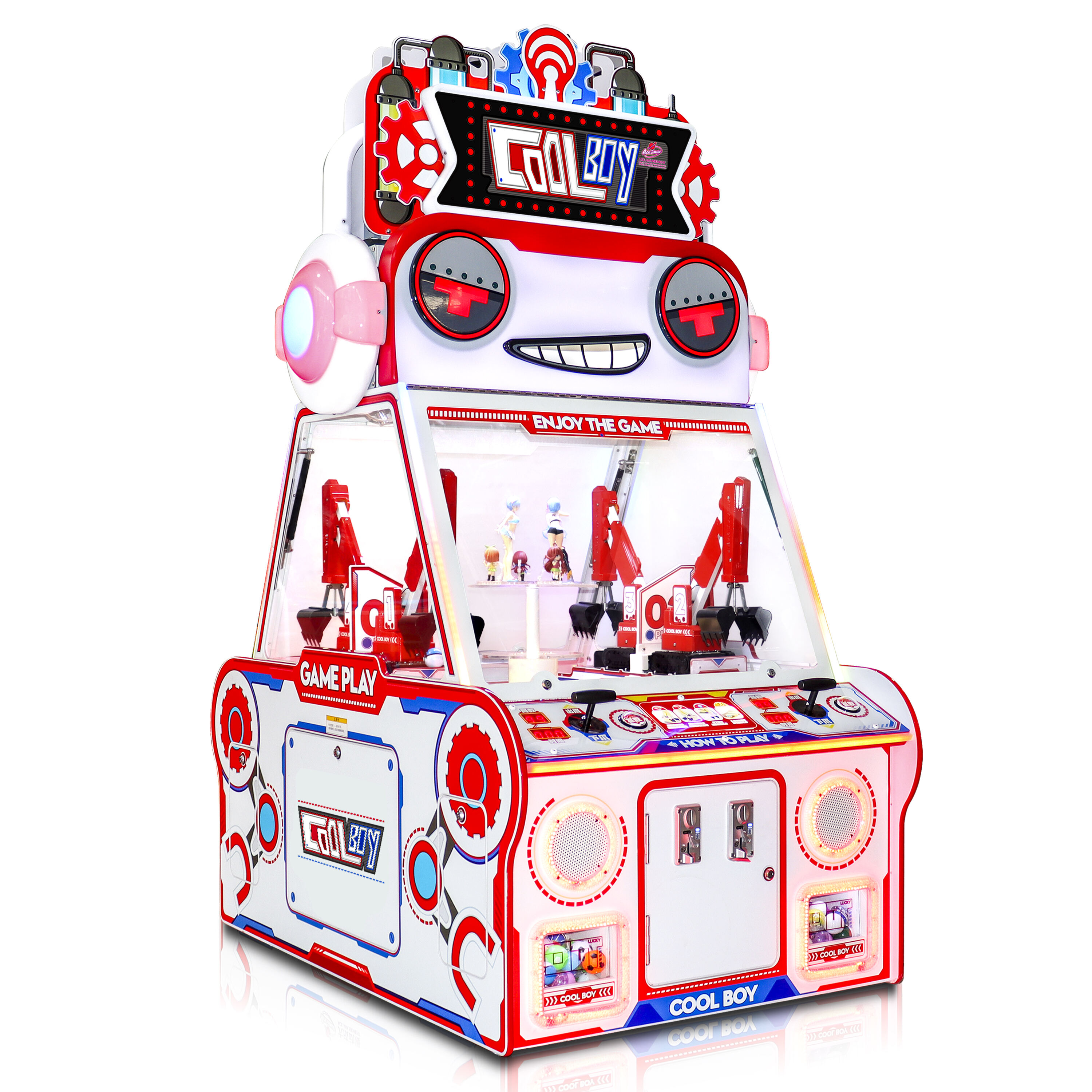
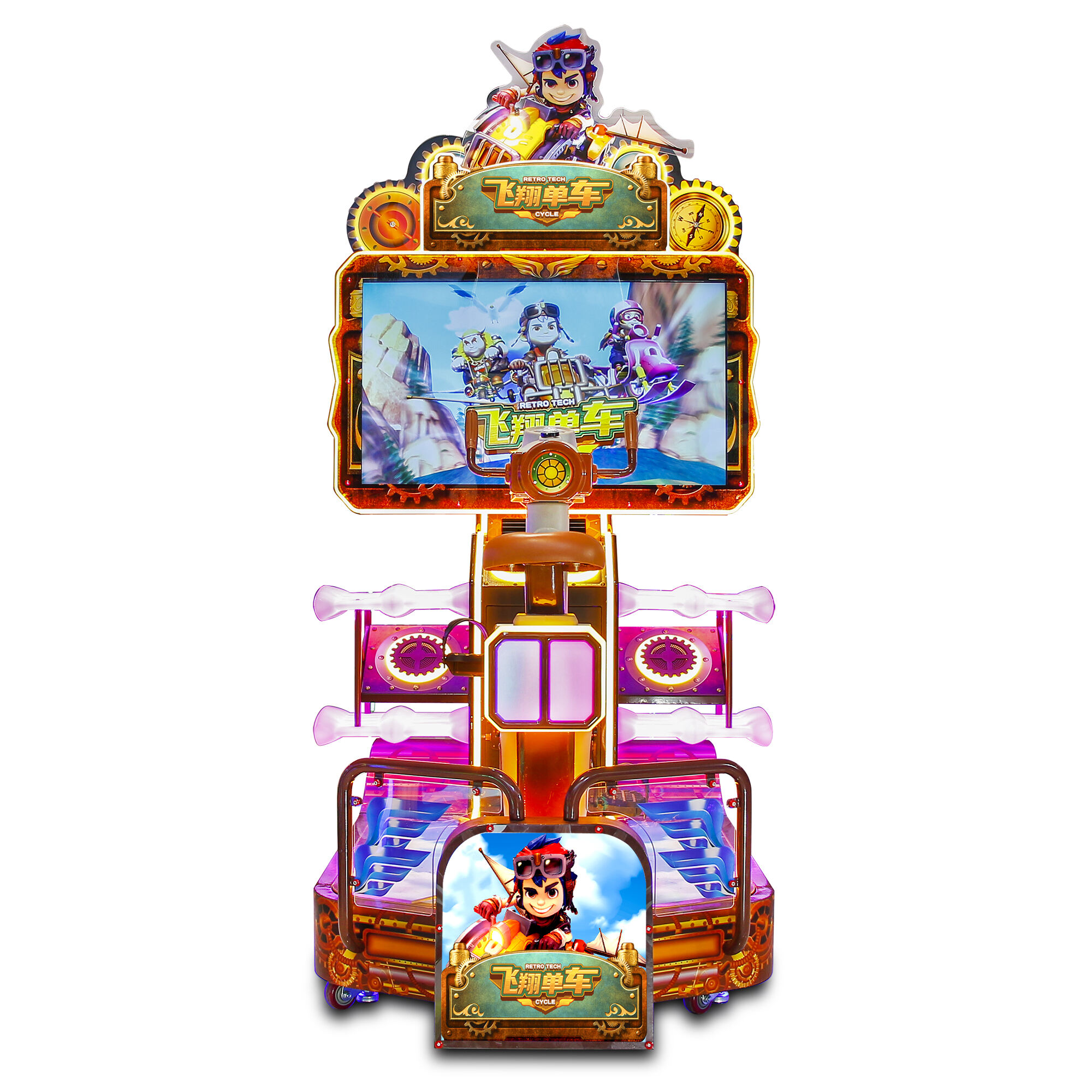
 Hot News
Hot News